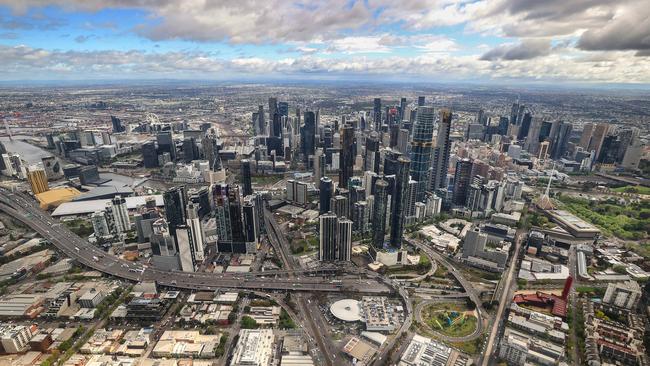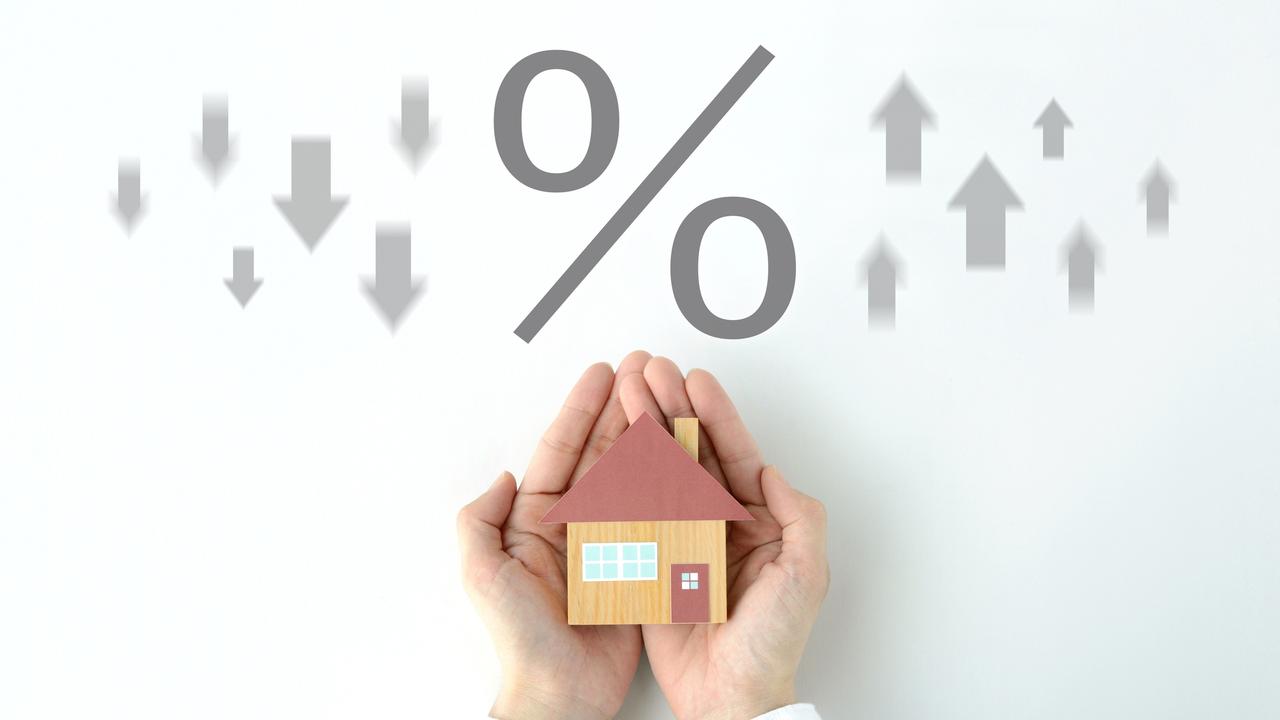
Soaring rental costs are finally showing some signs of a slowdown. But it’s not thanks to any improvement in supply. Rather it is due to changes in demand – notably a pushback from tenants who just won’t pay any more.
The surprise twist in the property market comes after a stunning 35 consecutive months of rising rent values which coincided with a surge in immigration.
But now economists are witnessing what some see as a “ceiling” in how much tenants will pay in rent. Property research group CoreLogic says rent affordability is so stretched we are at the point where “tenants adjust their housing preferences”.
Independent economist Saul Eslake points out that household occupancy decreased during the Covid period and is now increasing again – a change which implies more people are willing to join share houses, a factor that will cool rental demand.

Eslake says there is also evidence that we may have “crested” the wave of immigration which hit the rental market just as vacancy rates were hitting rock bottom at or below 1 per cent (A healthy vacancy rate would be around 4 per cent).
With the share of income required to service new rents at 31 per cent, CoreLogic economist Eliza Owen says renters are shifting to cheaper locations which “could ease demand in the most expensive rental markets bringing down the growth in national rents”.
It’s still early days to call a peak of the crisis, but rental growth for property owners has softened over the last four months and, more importantly, the outlook is for further cooling in demand in the months ahead.
A separate report from the SQM research group earlier this month had shown that over the 12 months to June 2023 the national residential vacancy rate had inched up from 1.2 per cent to 1.3 per cent.

The potential improvement in the market is certainly not coming from the supply side – this week’s building approvals figures which were expected to be soft turned out to be even worse than forecast. Indeed approvals for multi-unit dwellings such as apartment blocks have tumbled dramatically, falling 20 per cent.
AMP economist Diana Mousina said “overall building approvals fell by 8.1 per cent in July (below expectations of a 0.5 per cent decline) after a fall of 7.7 per cent in June. Approvals are 10.6 per cent lower than a year ago.”
Similarly Mousina points out, “the June quarter construction work done showed a 0.4 per cent lift in construction work which was below consensus expectations of a 0.9 per cent rise”.
But there is, at least, some emerging evidence that property owners are reaching a limit on how much higher they can push rents. As annualised inflation was running near 6 per cent, property owners pushed up rents by 29 per cent since a low in August 2020.
According to Owen at CoreLogic “most rental markets are now seeing growth flatten out or move lower”.
Most of the major cities have seen a drop in the annual change in house rent values with the biggest drop in Canberra (-4 per cent), while Perth is moving in the opposite direction as rent continues to rise and the city recorded a growth rate of 13 per cent.



